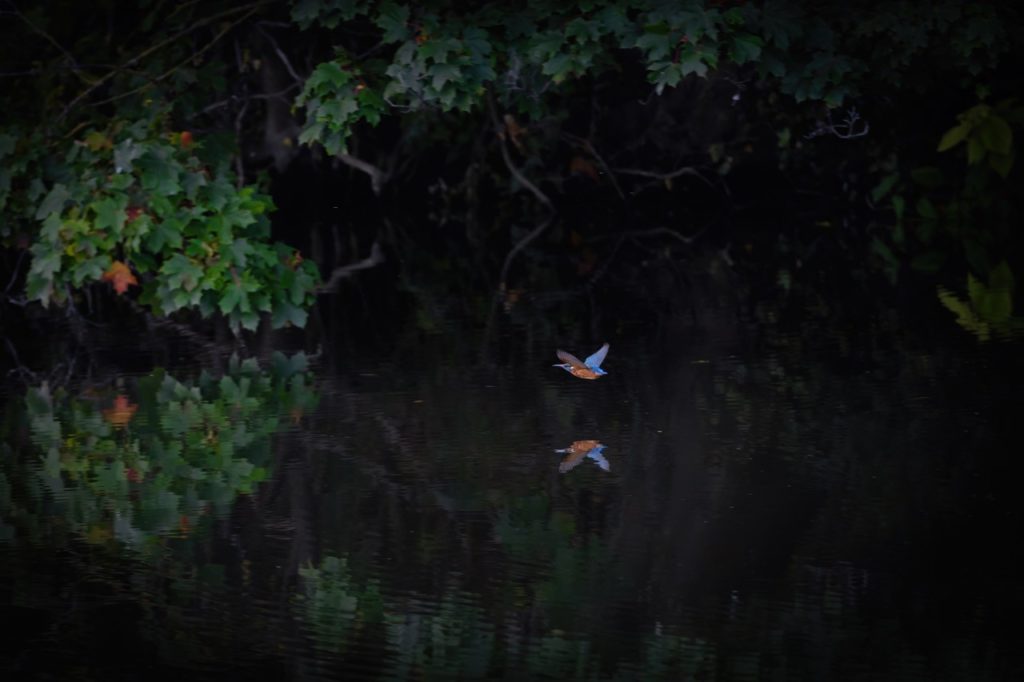Rewilding wetlands
Restoring life along the riverbanks
From otters to water voles, wetlands are home to some of the UK’s most loved wildlife. They provide places to walk, spend time with friends and family, and take in the sights, sounds and scents of nature. They soak up carbon, absorb flood waters, and clean the air we breathe and the water we drink. And yet, 86% of UK rivers don’t meet “Good Ecological Status”. Wetlands are under threat, with over a third of the world’s wetlands disappearing since 1970, and access for people to connect with nature through this habitat is becoming increasingly difficult.

The busy nature of the River Thames means it has been particularly affected by channelling for navigation, development along its banks and the escalating impacts of agriculture. In an effort to counteract this, in 2021 Earth Trust embarked on its second wetlands project, River of Life II. Three land owners around the River Thames and the River Thame came together to add 46,000m2 of wetlands to the landscape – equivalent to the size of six football pitches. This included 16 ponds, seven backwater channels and 1.6 hectares of wet woodland.
The aims of the project were to increase flood capacity, to create protected space for nature and support biodiversity, to encourage people to engage with wildlife through better access, and to improve water quality and tackle climate change using natural solutions.
The impact on nature was almost immediate. Birds such as kingfishers, tufted ducks, kestrels, golden plovers, snipes and redshanks began visiting, and otters were soon sighted in the area, too. The backwaters and ponds quickly became places of refuge for young fish (fry), frogs and toads.
New ponds in Little Wittenham Wood, which is home to the second largest population of great crested newts in the country and a Site of Special Scientific Interest (SSSI), provided more space for the newts to breed and build more resilient populations in the face of climate change.
Muddy paths were replaced with 170m of boardwalk, enabling more people from the local community and further afield to access the wetlands, while new signage explains more about the area and its inhabitants. With these more accessible routes in place, people can immerse themselves in this wild landscape while giving nature the space it needs to thrive – and all on the edge of working farmland.

image credit: Andy Quinn
Studies have shown that our mental health can be improved by time spent in nature, so access like this is undeniably important. But wetlands also provide us with other basic services that should be available to everyone – including clean air and water.
The new ponds, backwaters and wet woodland all help to slow the flow of water, trap sediments and remove pollutants, cleaning the water before it returns to the main river.
Carbon and other greenhouse gases, such as methane, are absorbed from the atmosphere, providing a nature-based solution to climate change. In fact, early results show that not only was the initial flush of gases released much smaller than anticipated, but that the wetlands are already releasing five times less carbon than non-wetland areas.
These wetlands are still in their infancy, but as they establish over the coming decades they’ll continue to provide these essential elements.
River of Life II has brought together land owners, scientists and research groups, environmental contractors, volunteers and many more. Collaboration has been key, and with the right support and policies in place the successes seen in this project could be replicated across UK rivers, allowing people and nature to prosper together.